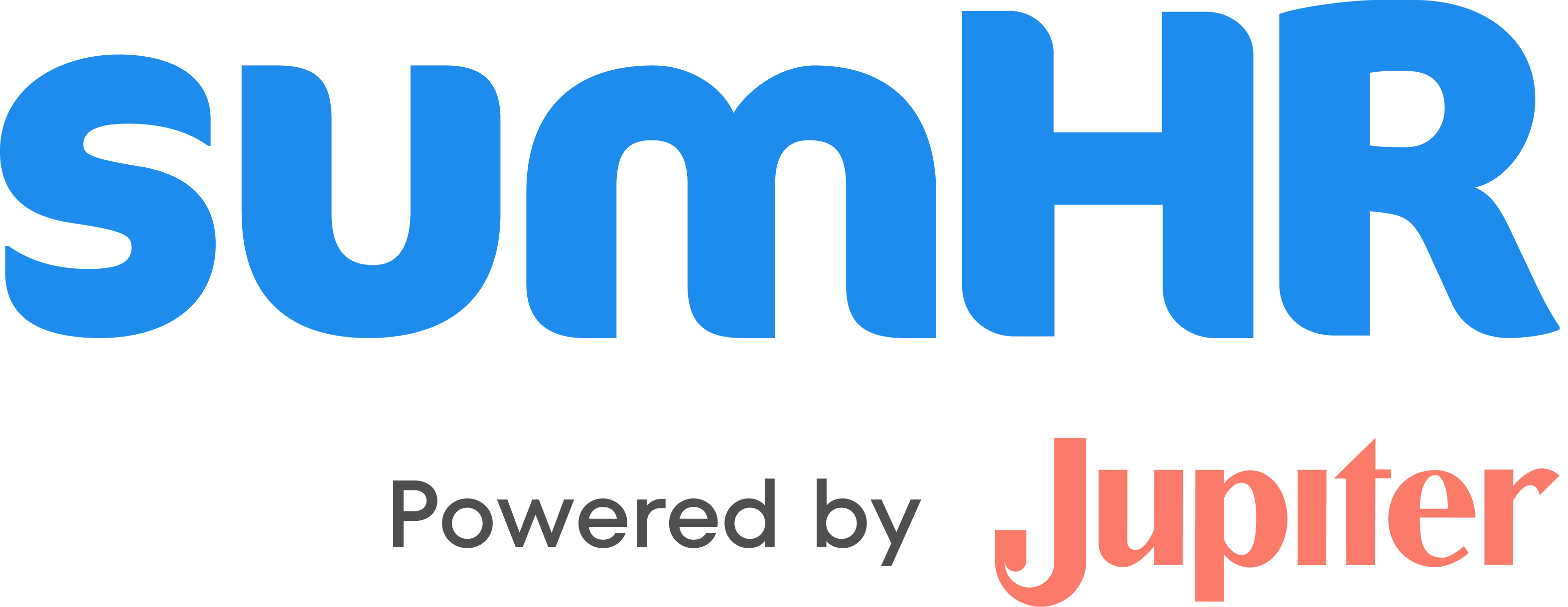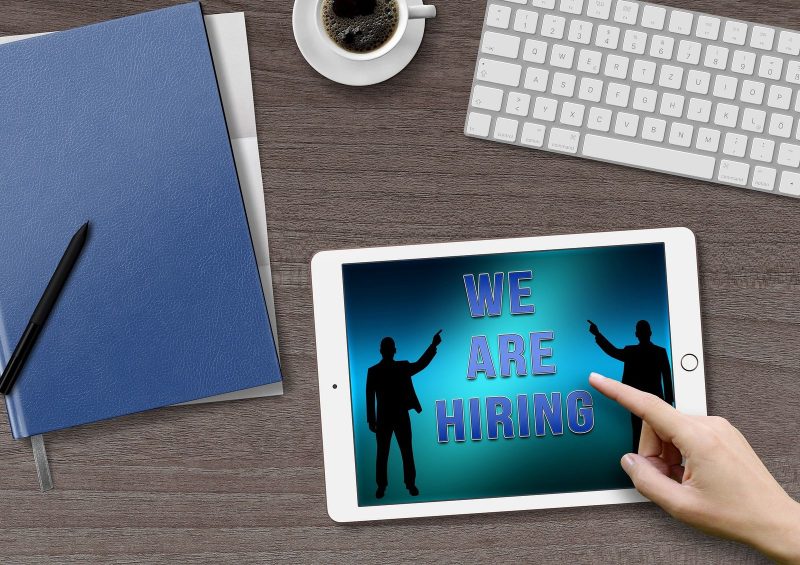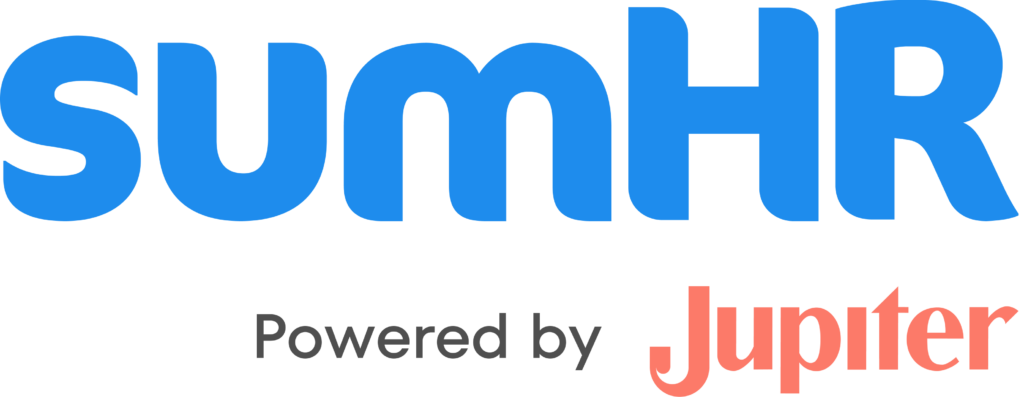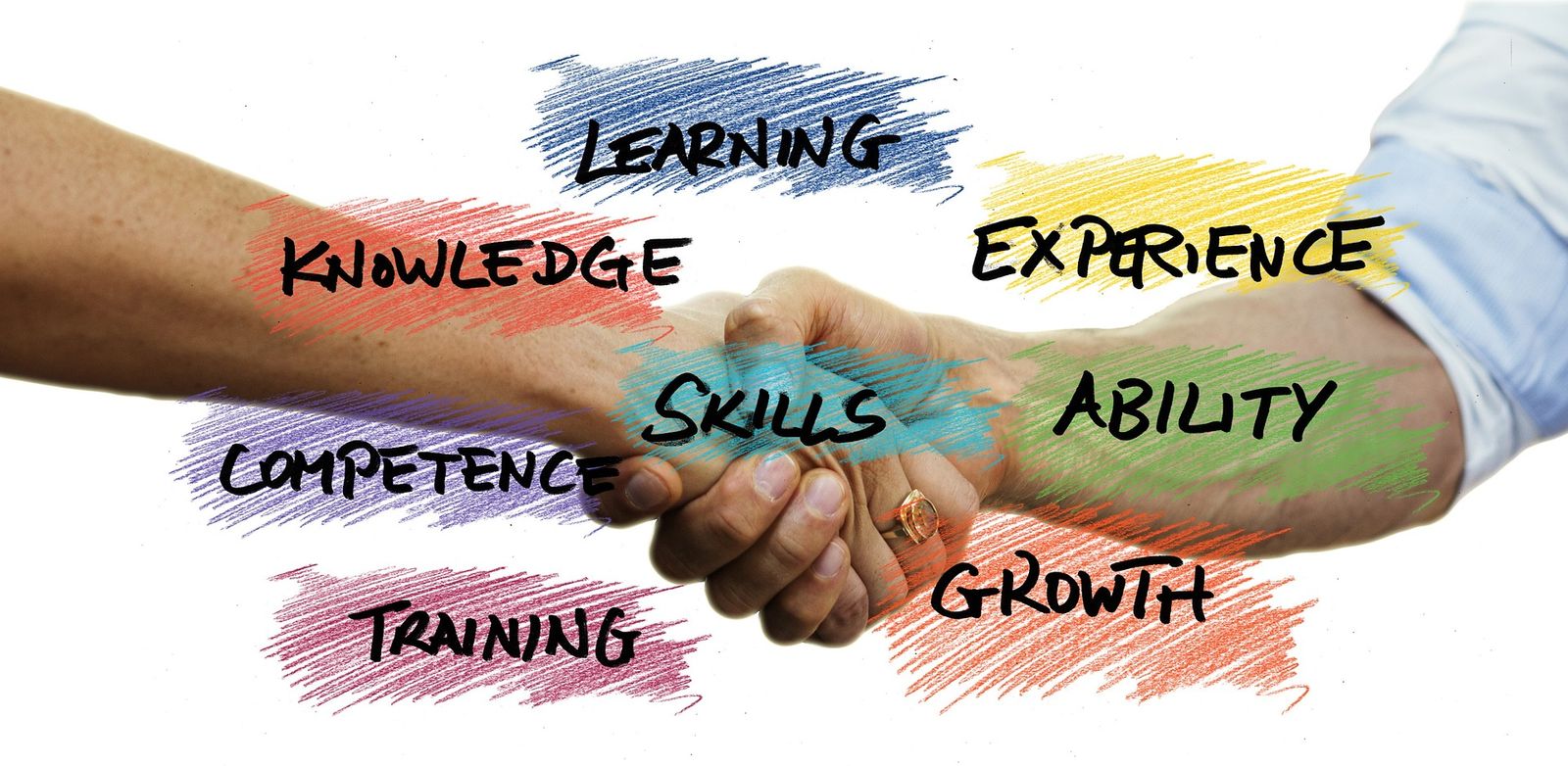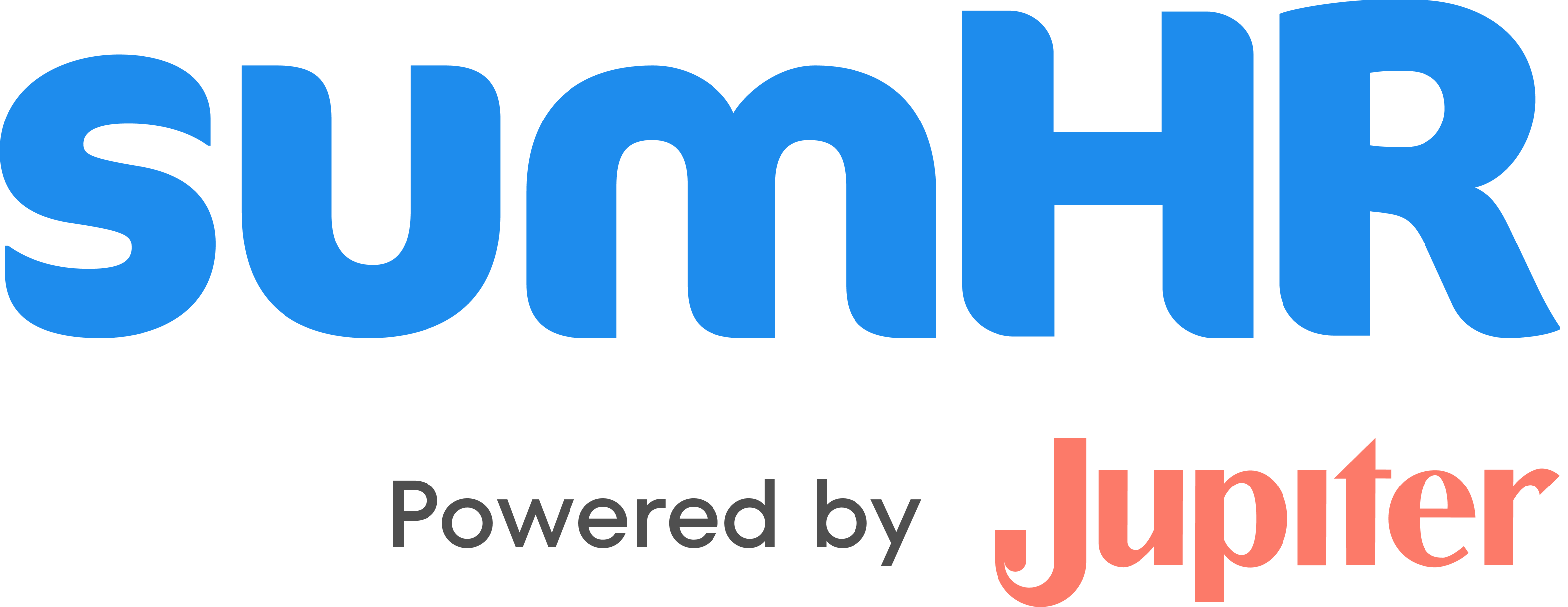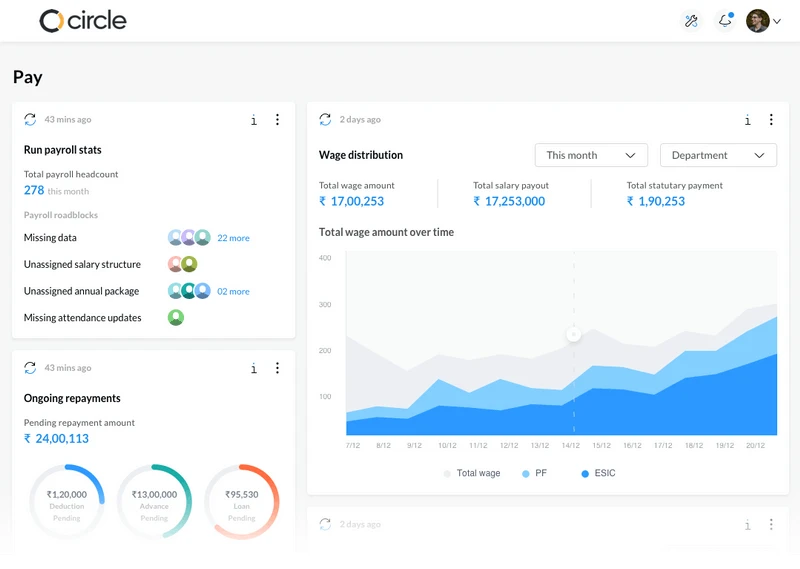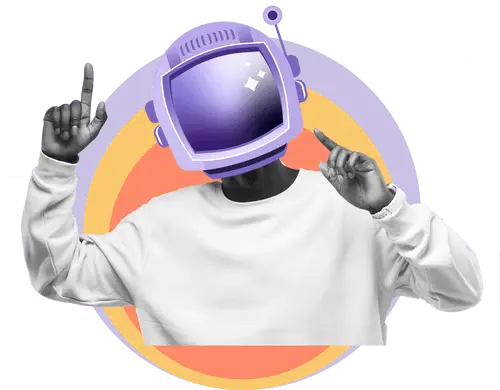Increased need to provide an innovative employee experience and expanding corporate needs necessitate constant technological advancement, including cloud services, intelligent automation, knowledge management, social media, mobile, and more. What controls can HR technology use to produce? What degree of investment is suitable for each? The proper use of technology will foster more employee connectivity and move the human resources department toward the next generation of operating models.
New Possibilities with HR technology
Integrating personal virtual assistance with ongoing HR technology modernization, and a highly flexible technology architecture, the digital HR function will provide workers with highly personalised service. This calls for modifications to
- Perceptions of platforms that are continually changing
- Models of deployment and utilisation
- To create and implement AI solutions, internal competencies are required.
Driving HR for tomorrow
The human resources department is in a prime position to adapt, lead the employee experience, and develop the workforce that will take the company in the direction it needs to go. HR departments today are dealing with tremendous transformation. There is an increased HR technology expectation for personnel experiences, the digital revolution is still accelerating and expanding at an astounding rate, corporate executives are struggling with emerging technology, and dynamic rivals are endangering the future viability of many.
One thing is certain about all of this commotion. The current HR organisation is not the right size or shape for the HR organisation of the future.
Businesses are increasingly attempting to incorporate technology into their Hr processes to simplify their operations as the function of HR becomes more crucial in supporting business. A flurry of HR technology firms is adopting and developing resources by employing machine learning (ML), artificial intelligence (AI), data analytics, and blockchain to assist businesses in improving their business outcomes after spotting an opportunity.
Using HR Technology for Workforce Management
HR specialists also have a sizable role in managing the staff in addition to hiring. Utilising technology, businesses are assisting enterprises in transforming the employee experience. It tries to address problems that come up at every stage of the employment lifecycle with HR technology.
Employee enrolment and participation, documentation management, intelligent crisis intervention, knowledge management, off-boarding module, and virtual assistance are among the products of HR technology offered by AI.
- Virtual assistance accelerates the storing and distribution of information to employees in an organisation since it is outfitted with Natural Language Processing (NLP) and Machine Learning (ML). A good AI asserts that without the need for human intervention, most employee enquiries are correctly answered automatically.
- The data is supported by customers. According to AirAsia, by utilising an AI-driven conversational platform, 30% of staff inquiries have been automated, and the turnaround time for addressing employee problems has decreased by 41%.
- Employing HR technology solutions also aids businesses in filling up policy gaps. Companies use data analytics to determine the quantity and types of inquiries made, which provides information on any information that workers require and should be included in policy papers.
In addition to automating processes, technology solutions also have a direct impact on how well an organisation does business by empowering business objectives, implementing business strategy, boosting employee productivity, and increasing earnings before interest, taxes, depreciation, and amortisation (EBITDA) margins. When HR software products are employee-centric, they may assist businesses in boosting employee productivity and fostering efficient communication and cooperation.
HR Technology after Pandemic
The notion of workspaces and employee involvement has been completely altered by Covid-19 and implementing HR technology necessary rather than optional. The only way HR professionals can guarantee employees have a positive experience in a workplace that no longer relies on human connection is by using virtual assistants and other technological tools.
sumHR is cutting-edge software built on the SaaS platform that handles repetitive tasks for HR departments, reduces paperwork for managers, and boosts employee engagement. We hope to provide a useful platform for the people working in your company, complete with data and options.
The implementation of HR technology has been elevated to a priority for organisations across industries amid the pandemic to address the issues of business continuity, assure efficiency, and ensure compliance. The value of ongoing interaction with workers is one item that is frequently overlooked. A robust communication mechanism will guarantee that productivity does not suffer. This is where HR software solutions enter the scene, which may assist businesses in managing the difficulties associated with remote employees working
Onboarding, training, employee question resolution, and all other key HR operations are now entirely dependent on HR technology, and the epidemic has sped up the worldwide digital transformation of HR processes, according to the statement.
The increasing adoption of tech tools by businesses is evidenced by the surge in business growth of HR technology firms. This is because businesses had to adapt technology to the new normal and within a matter of weeks, the recruiting landscape drastically changed. As businesses abandoned their physical locations and conducted all recruitment processes, interviews and onboarding virtually, the usage of technology increased dramatically.
By adopting digitization from a system and process perspective, which results in a culture shift inside the firm, this paradigm shift in HR may be achieved.
Digital Transformation
In their digital transformation initiatives, the majority of businesses concentrate on enhancing customer and client efficiency. Equally important are the internal customers of the businesses, or the employees. The use of appropriate digital HR technology and tailored interaction may benefit employees in addition to helping the infrastructure and business processes line with the company goals.
Digitalization may assist add context when hiring candidates, onboarding new workers, or managing them from an HR viewpoint in an increasingly virtual workplace where the workforce exceeds traditional geographical borders since there is no natural human connection. Personalization is important, but automation is also necessary to speed up operations.
Companies can use digital documentation procedures. These programmes can utilise artificial intelligence to fully automate HR technology procedures, such as checking an employee’s background during onboarding. Many of these standardised, repetitive processes may be created as plug-and-play modules, increasing their effectiveness and efficiency.
Similar to this, a chatbot may automate and digitise a variety of personnel operations. These chatbots are capable of responding to employees’ standard and simple queries aiding in the modern workforce with the use of AI and natural language processing. Only complicated issues should be addressed by human involvement. Even in the latter scenario, the HR technology system can offer more context to the inquiry, enhancing the interaction quality.
Deterministic Management With HR Technology
HR technology might make use of information about the workers from many touch points throughout the individuals’ digital and social footprints. The firm may evaluate the return on investment for different employee initiatives and keep an eye on employee morale and organisational productivity by analysing these many data sources in virtually real-time. All of these elements aid the C-suite leadership and HR in making quicker and more informed decisions and developing strategies.
Additionally, firms may forecast employee behaviour and create successful engagement strategies by using the artificial intelligence and machine learning techniques they use to analyse consumer behaviour or as predictive analyses of business processes.
The “workforce of one” method, which entails creating specialised but uniform people practices for various workforce sectors, is the main focus. Modern technology and digital technologies will enhance HR technology in the future to provide employees with a customised and improved experience.
Upskilling and Training
Long-standing Human Resource management procedures required monitoring employees’ linear career trajectories, which were interspersed with yearly performance assessments. However, there is also ongoing demand to incorporate new and developing technologies to remain relevant in a competitive and changing market environment. Traditional training approaches are unable to keep up, therefore HR technology must use modern learning and enablement tools to develop a confident and talented staff while also boosting employee retention.
These systems for community-based learning provide virtual instruction based on shared educational objectives or interests. Gamification is another tool that firms may use to motivate staff to participate in training and to rank them against one another.
The majority of firms set goals before beginning their digital transformation. Similarly, organisations must clearly define their goals and objectives for the future of HR technology and continuously evaluate the consequences of their processes on employees to succeed, especially in a dynamic business environment with a workforce that is changing quickly and evolving expectations and motivations
Summary
When embarking on digital transformation, most organisations define their goals with future HR technology trends. Similarly, for the evolution of its future Human Resource management trends function, organisations must define their objectives and continuously evaluate their processes and impact on employees to succeed, mainly when the business environment is dynamic with a rapidly changing workforce and evolving expectations and motivations.
